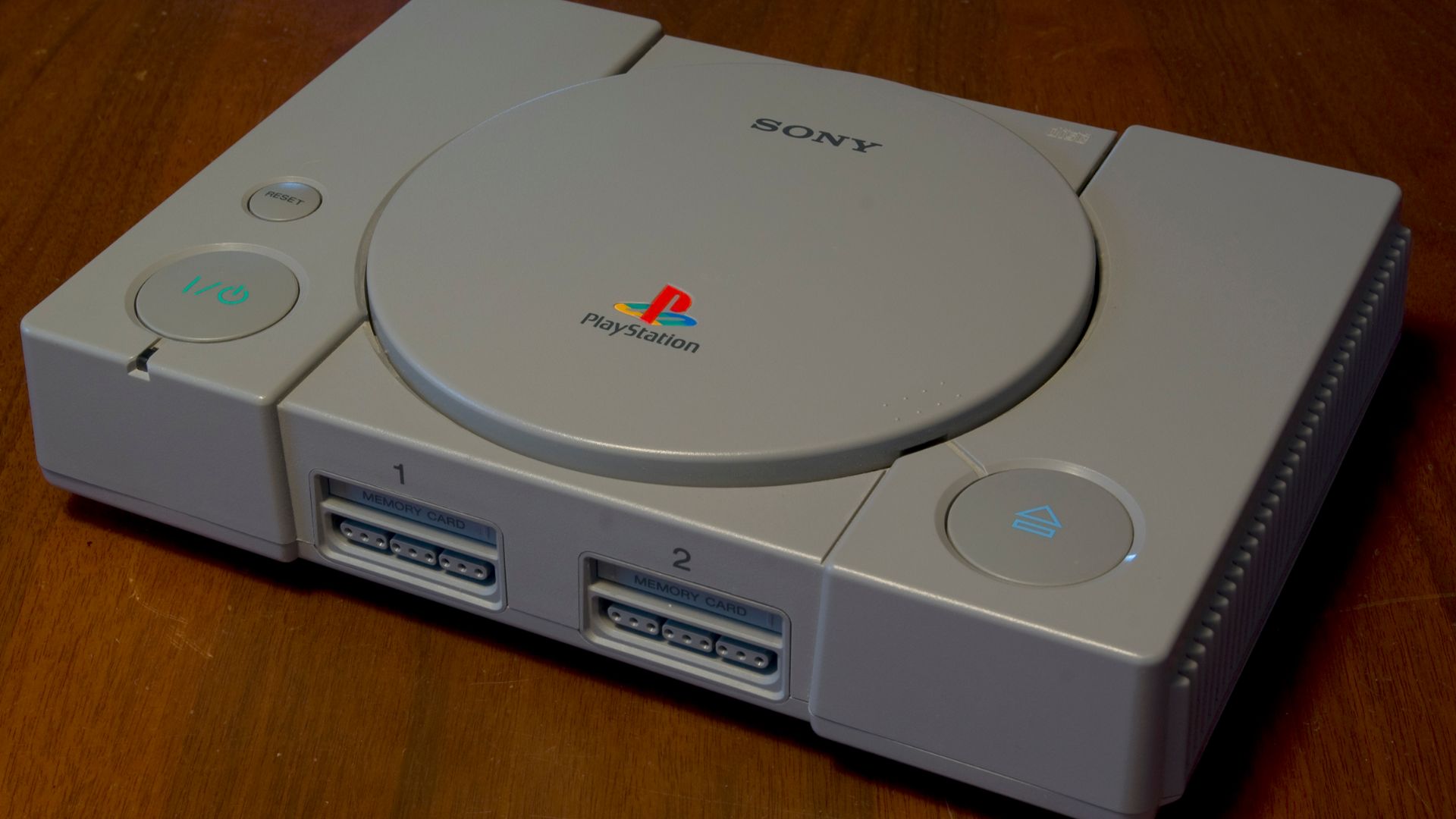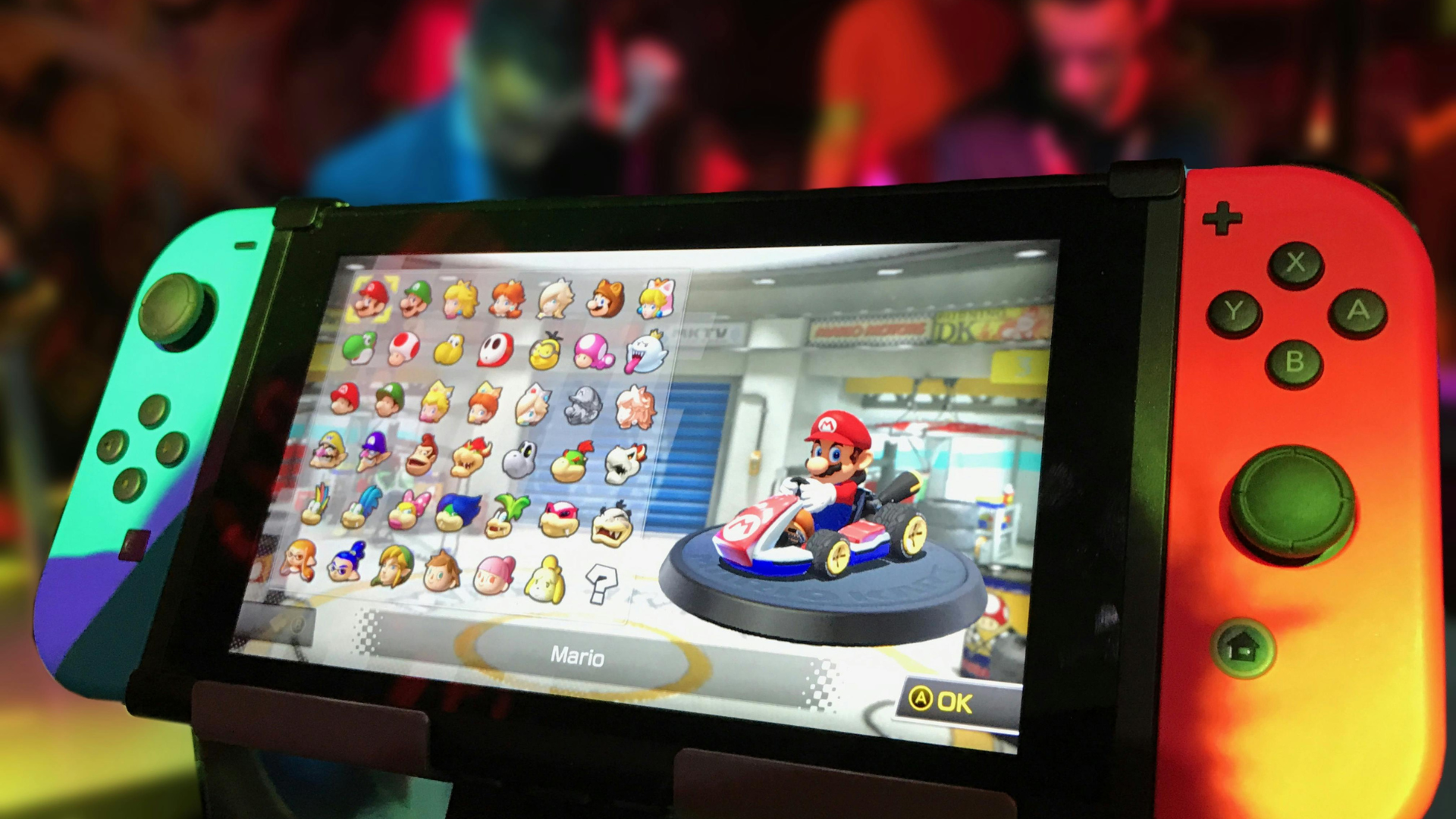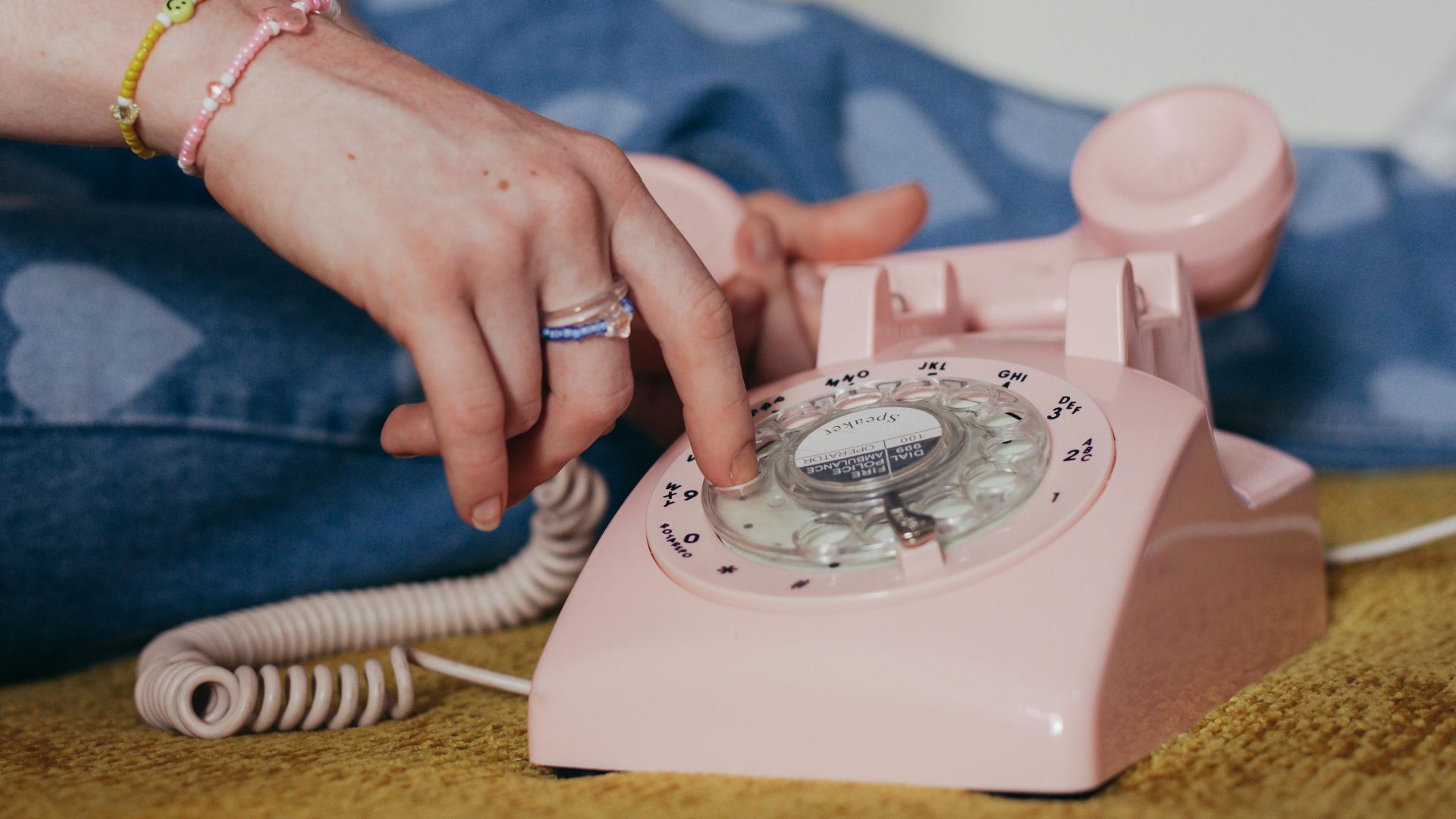Nintendo Unknowingly Created The PlayStation And It Still Haunts Them To This Day
Before the world of gaming became what you know today, a handshake between two giants nearly rewrote the rules of entertainment. On one side stood Nintendo, the king of cartridges and family-friendly titles. On the other stood Sony, an electronics powerhouse itching to break into games.
That near-partnership birthed a console long before its time—and implicitly spawned the epic rival you might already play. Ready to explore how a chance alliance turned into decades of competition and haunted Nintendo’s crown?
Let’s start from the very beginning.
The Partnership That Nearly Was
In 1988, Nintendo and Sony teamed up to build a CD-ROM add-on for the Super Nintendo Entertainment System (SNES) known as the “Super Disc”.
That collaboration marked a bold shift: Nintendo wanted to explore the new disc format, and Sony stepped in with hardware know-how. What resulted was a prototype of the so-called Nintendo PlayStation—a hybrid console capable of running SNES cartridges and discs.
From the outset, this project promised to blur the lines between gaming mediums and shake up the home console market.
Then Came The Sudden Break And Sony’s Ascent
Everything changed at the 1991 Consumer Electronics Show when Nintendo publicly announced it would ditch the Sony deal in favor of partnering with Philips.
Sony did not take this lightly and, as a result, ran with the technology independently. This led directly to the launch of the PlayStation in December 1994 (Japan) and September 1995 (North America).
Nintendo’s move triggered a fundamental shift where the company intended to shape the future, but ended up co-creating its most formidable competitor instead.
The Long Shadow Over Nintendo
By the mid-1990s, PlayStation had become a force. The disc-based format allowed bigger, bolder games and more third-party support—a stark contrast to Nintendo’s cartridge-focused approach, which it maintained.
Nintendo’s choice to cling to cartridges while Sony embraced discs cost it market momentum. The result was that PlayStation went out to sell over 100 million units worldwide, undercutting Nintendo’s dominance.
Today, Nintendo may live by its own rules—but the echo of that abandoned partnership still influences its strategy, and in many ways the company is still chasing the opening it gave away.
 Mike aus dem Bayerwald on Wikimedia
Mike aus dem Bayerwald on Wikimedia
What Could Have Been: A Console ‘What-If’ Story
Had that partnership endured, the gaming timeline might read very differently. The combined expertise of two titans could have defined an era instead of dividing it. Industry historians often speculate that such a union might have accelerated optical-disc gaming and postponed the rivalry that later shaped the market.
The split, though painful for one and pivotal for the other, redefined how technology companies handle collaboration and trust. It became a corporate cautionary tale—proof that innovation can backfire if the vision between partners isn’t perfectly aligned.
In hindsight, it’s hard not to wonder what worlds gamers might have explored under a shared Nintendo-Sony banner. History doesn’t offer replays—but if it did, this might be the one partnership everyone would load again.








